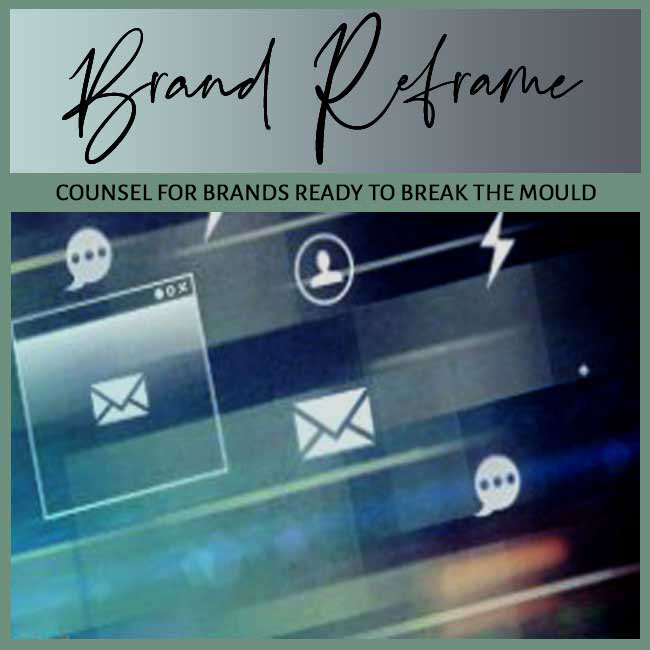
FOCUS: BRAND STRATEGY MISFIRES | AUDIENCE: STEWARDS OF PLATEAUED BRANDS
BY: SHOBHA PONNAPPA | BRAND BREAKTHROUGH STRATEGIST | 45 YEARS | 125+ CLIENTS
I answer 6 tough questions about why some product launches generate huge buzz yet totally fail to move the right market.
I often meet expert founders excited by the noise their launch created yet puzzled by slow sales or muted uptake. On the surface, everything looked perfect: bold visuals, events, and media mentions. But deeper market signals were ignored, leaving potential buyers unmoved. The gap between launch theatre and true market traction is often strategic.
Many brands mistake buzz for buyer intent. Early media attention, social shares, or influencer mentions can feel like validation, but none of these prove that the core customer feels addressed or moved to purchase. True product-market resonance comes from insights into unmet needs, not spectacle. Noise without relevance rarely converts into sustained adoption.
Another issue is assuming that what excites peers or industry insiders reflects buyer sentiment. Professionals may praise innovation or aesthetics, but the end-user cares about fit, price, and solving a clear pain point. If these signals are missed in the rush to impress, launches can fizzle despite high visibility. Excitement among observers is no substitute for market pull.
Brands often build around assumptions formed in boardrooms rather than field-tested truths. They may fall in love with their own messaging or overestimate a product’s novelty. Without solid research into current buyer tensions and language, campaigns end up speaking past the real customer mindset. When strategy drifts from true market insight, even polished launches can underperform.
In addition, trend-chasing can blind teams to their own buyers’ context. Just because a certain tone, look, or channel is hot elsewhere does not mean it works here. Effective launches translate macro trends into specific, context-driven stories that matter locally. Skipping this adaptation is a common cause of market indifference.
A strong launch depends on a clear and consistent brand promise. If customers cannot quickly grasp what the brand stands for or how the new product fits, excitement turns into confusion. Mixed signals on price, tone, or purpose weaken confidence. Clarity is the bridge between curiosity and commitment.
Sometimes brands believe a splashy new look will fix deeper positioning issues. But without resolving core identity questions first, new visuals can amplify confusion. A launch should reinforce and expand the brand’s promise, not rewrite it mid-flight. A muddled core brand narrative undermines even the loudest campaigns.
Even a great idea can underperform if launched when buyers are distracted or budgets are locked. Timing should account for seasonal cycles, competitor activity, and wider cultural focus. Launching at the wrong moment can drown even brilliant campaigns.
Brands also underestimate how long audiences need to warm up. Pre-launch storytelling, education, and gradual awareness-building make adoption more natural. Dropping a product cold with sudden hype often surprises rather than seduces. Strategic timing helps excitement turn into measurable demand.
Absolutely. A channel mix built for vanity metrics rather than true buyer reach can create impressive numbers with no commercial impact. For example, viral social posts may delight general audiences but miss decision-makers. Content must be crafted for the platforms your real buyers trust and frequent. Distribution matters as much as creative brilliance.
Misjudging content format can hurt, too. Some audiences need deep demos and long-form proof, while others prefer bite-sized reassurance. Adapting the format to the buying journey helps audiences connect emotionally and practically. A perfect message in the wrong medium often gets ignored.
Step one is to audit the full launch journey … from pre-buzz research to post-launch nurturing. Identify where assumptions overrode evidence and where real buyer insight was missing. Revisit the brand promise to ensure the new product extends rather than confuses it. A clear diagnosis prevents repeating the same errors.
Next, rebuild with a sharper focus on true buyer language and priorities. Shift resources from spectacle to resonance: message testing, strategic timing, and well-chosen channels. The goal is not more noise but better connection. A disciplined reset can turn a disappointing launch into a learning-driven breakthrough.
If these questions feel familiar, your brand is not broken … but it may be speaking past the buyers who matter most. Launching without deep alignment between insight, timing, and channels creates the illusion of success while real adoption stalls. The good news? A single strategic reset can bridge hype and market pull. When your next launch speaks your buyers’ language, traction returns quickly.
If you’re an investor seeking momentum for your portfolio brands, this FAQ Insight Post I wrote could interest you: “FAQs: When Founders Think Their Origin Story Is the Proposition.“
And if you’re a solo expert looking to sharpen traction, this FAQ Insight Post I worked on may resonate: “FAQs: When Customers Know the Product but Forget the Brand.“

"One BIG IDEA can turn brand stagnation into unstoppable movement. Spots are limited each week ... book your breakthrough session now."
Shobha Ponnappa
More Breakthrough Ideas … Case Studies & FAQs … from the Brand Strategy Misfires Category
Case Studies
FAQ Insights
Smart insights, real-world frameworks, and idea-driven clarity – designed to help brands move.
Get my fortnightly Brand Reframe newsletter. Smart insights, distilled thinking, and focused momentum to help your brand lead.

Get my free AI strategy guide. Smart prompts, sharper briefs, and practical ways to make AI support your brand momentum.

Just fill in the form to join. Get my newsletter and the guide shown alongside, all with several game-changing tips.